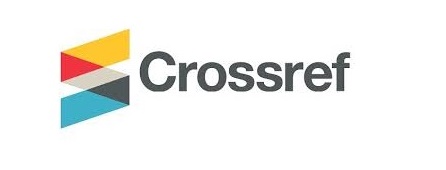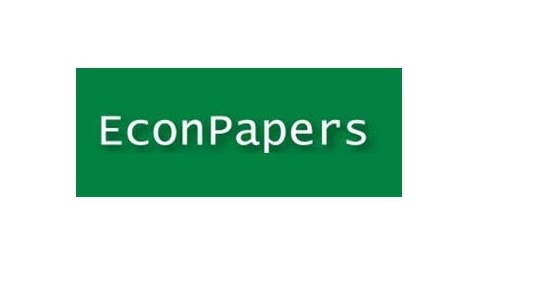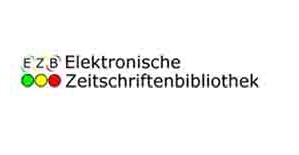Financial Risk Management and Transmission Mechanism of Monetary Policy: An Empirical Evidence from Pakistan
DOI:
https://doi.org/10.52223/jei4022209Keywords:
Unhedged interest rate exposure (URE), ARDL, Monetary policyAbstract
Monetary policy plays a vital role in achieving development for any country. This study attempts to analyze the impact of the monetary transmission mechanism on unhedged interest rate exposure in the case of Pakistan. The study used time series data from 1980 to 2020 and applied the ARDL model to check the short-run and long run association between all the variables. First, URE (Unhedged interest rate exposure) was calculated and then estimated the factors affecting it. The study also used the perfect foresight model for addressing household behavior. The outcomes indicated that all exchange rates, interest rates, and money supply positively impact unhedged interest rate exposure, and they are significant both in the short and long-run. The interest rate substantially affects unhedged rate exposure more than the money supply. Development expenditures and money supply are negatively associated with income inequality; unhedged interest rate exposure is positively associated with income inequality.
Downloads
Downloads
Published
How to Cite
Issue
Section
License
Copyright (c) 2022 Nasir Munir, Sadaf Shahab, Muhammad Tariq Mehmood

This work is licensed under a Creative Commons Attribution 4.0 International License.
















